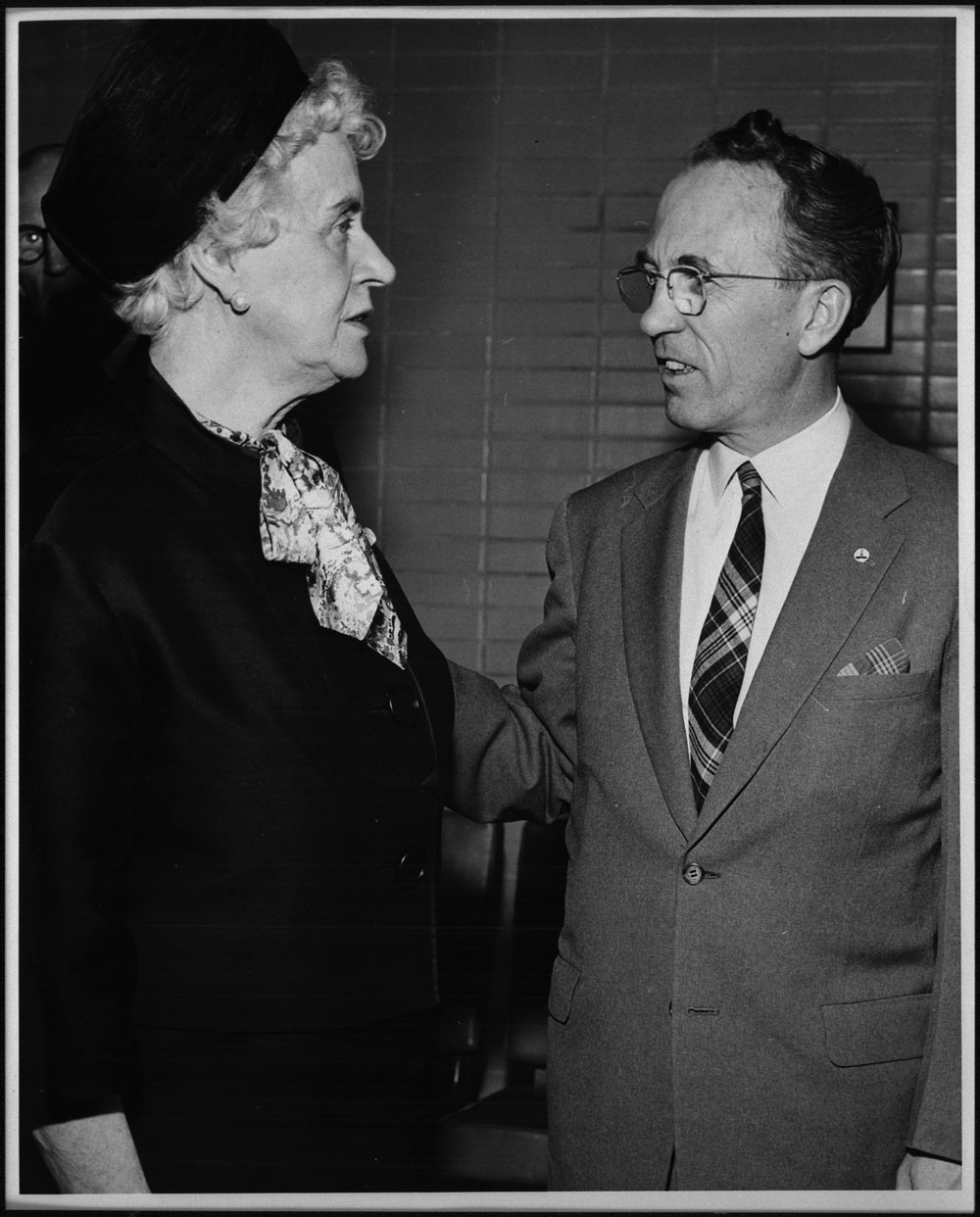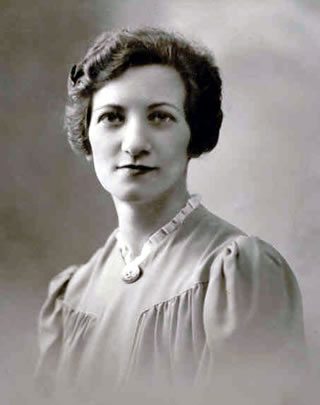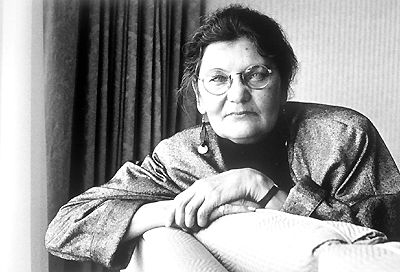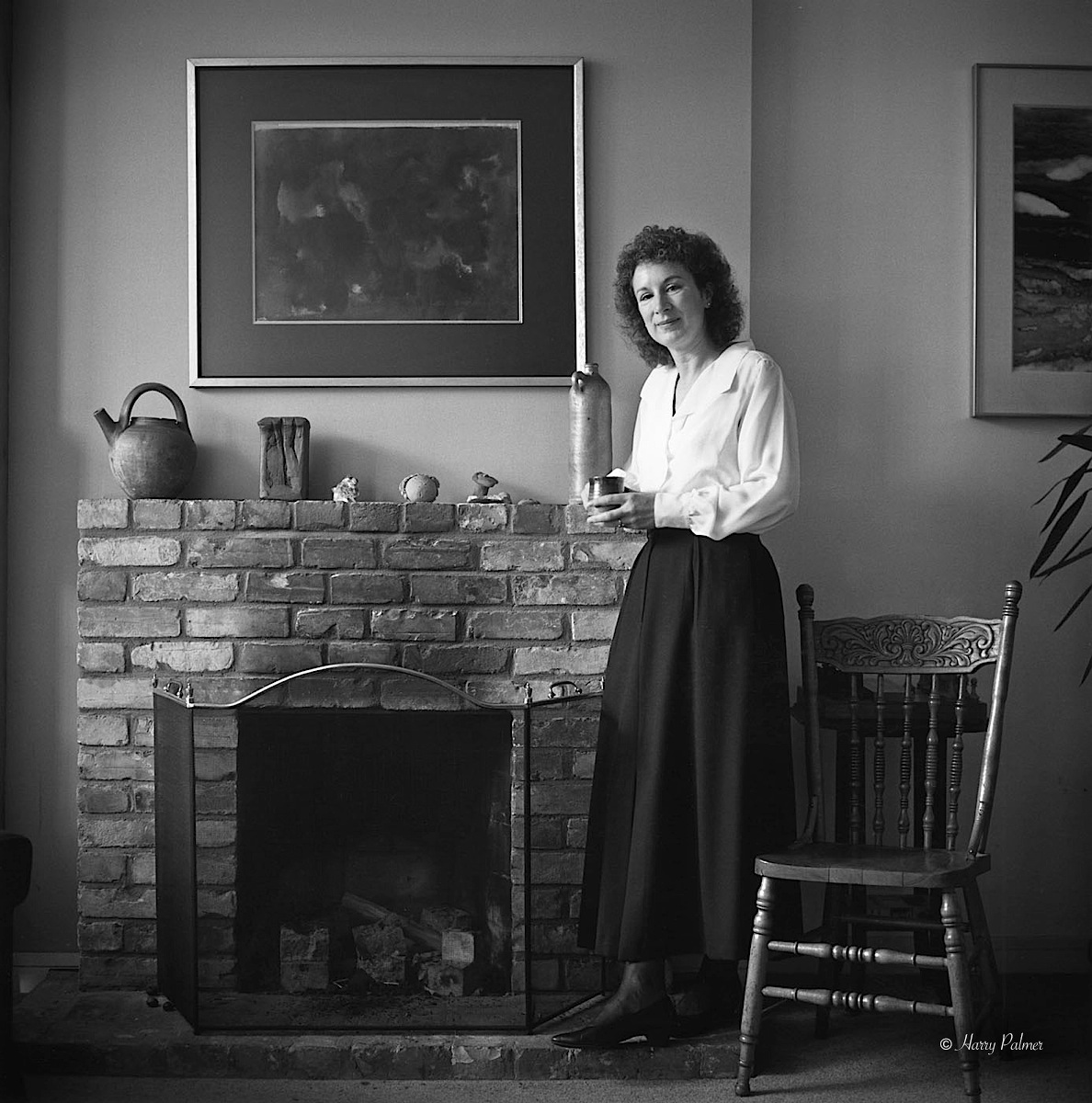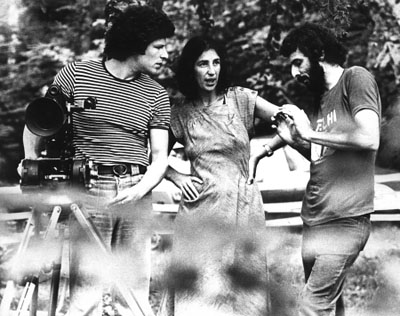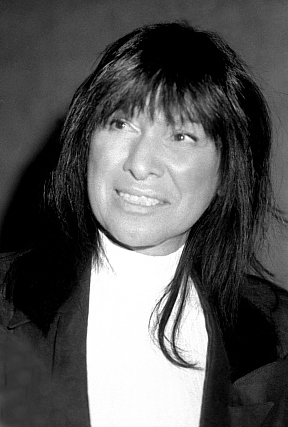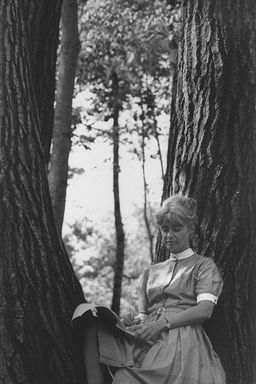
Women’s movements (or, feminist movements) during the period 1960–85 — often referred to as second-wave feminism — included campaigns in support of peace and disarmament, equality in education and employment, birth control and an end to violence against women. Movements also tackled women’s representation in everything from advertising to dress, insisted on respect for non-mainstream identities and demanded reform of government and the law.
The period begins with the formation of the Voice of Women (VOW), which campaigned for nuclear disarmament and peace, and ends with the creation of the Women’s Legal Education and Action Fund (LEAF) to defend rights guaranteed in the newly patriated Constitution. It was a period of significant accomplishment during which Indigenous, union and visible minority women and lesbians demanded to speak and received growing attention from mainstream activists. With Québec’s Quiet Revolution, Québécoise feminists reaffirmed an autonomous movement, and loyalties divided between federalism and sovereignty. Just as during the suffrage campaigns, there were “new women” and “new men,” now associated with the “counterculture” (see Hippies) and the “New Left.” Women’s Liberation drew on both older and newer critiques to question sexuality and power relations.
This entry is the second of three histories of women’s movements in Canada. See also, Early Women’s Movements in Canada: 1867–1960 and Women’s Movements in Canada: 1985–Present.
Peace, Disarmament and Countercultural Politics
The nuclear proliferation of the Cold War and Vietnam War brought thousands out in support of VOW. Like the Women’s International League for Peace and Freedom (WILPF), it was sometimes charged with disloyalty to the West. But in the context of Canada’s 1958 acceptance of Bomarc missiles (with their potential nuclear warheads), the construction of the Berlin Wall (1961) and the tense days of the Cuban missile crisis (1962), its arguments inspired many Canadians, including women such as Thérèse Casgrain, Léa Roback and Muriel Duckworth, who had close ties to an earlier stage of Canadian feminism (see Early Women’s Movements in Canada: 1867–1960).
In 1962, in support of an international ban on nuclear testing, VOW collected baby teeth to reveal high levels of Strontium 90 — which enters the environment after nuclear testing. By 1963, there was a partial test ban treaty, which Canada signed. The VOW’s maternal feminism also showed when it knitted children’s clothing for Vietnam War victims. By 1969, it partnered with American anti-war women to give women from Southeast Asia an opportunity to give an anti-colonialist account of what was happening in Vietnam and Laos, a hearing they could not get in the United States. At the 1971 Indochinese women’s peace conferences in Canada, lesbian, Indigenous and visible minority women, as well as women’s liberationists, joined VOW and WILPF activists to debate priorities with Americans. All of them were likely to support the American war resisters, who hoped that Canada would provide a refuge.
Nuclear disarmament and war protests evoked familiar maternalist perspectives, but anti-imperialist arguments also drew on the counterculture and the New Left. Such liberationist groups as the Vancouver Women’s Caucus and the Front de libération des femmes du Québec (FLF) embraced the slogan “Sisterhood is Powerful.” In the Student Union for Peace Action (1964), young women rejected war, imperialism and patriarchy. The English-Canadian feminist manifesto, “Sisters, Brothers, Lovers… Listen” (1969), targeted the sexism of the male left but failed to mention mainstream privileges of race or sexuality. Shortly later, the FLF took up similar arguments, but its main emphasis was on the oppression of French Canada by anglophone capitalists. By the time it ended in 1975, the Vietnam War had united generations in peace protests that continued into the 1980s (see Peace Movement). Nuclear disarmament campaigns also raised consciousness about the fragile environment, a cause for many feminists in the next decades. (See also Women’s Organizations.)
Concerns about peace and the environment also inspired some baby boom women to become what were dubbed “hippies.” Alongside similarly minded men in areas such as Vancouver’s Kitsilano and Toronto’s Yorkville, but also in communes scattered across the country, such dissidents from the status quo embraced a counterculture politics that included back-to-the-land movements, simplified living (from vegetarianism to a rejection of consumer society), spiritual, drug and sexual experimentation, and alternatives in dress and employment. Not all were feminists, but many endorsed women’s right to autonomy and the politics of the New Left. Their protests against convention shaped women’s movements in Canada and elsewhere, notably among students but among others as well.
Representation
In these years, feminist work (both creative and scholarly) challenged misogyny and inspired activism. Some of the more popular Canadian works from this period include Marie-Claire Blais’s Une Saison dans la vie d’Emmanuel (1965; tr. A Season in the Life of Emmanuel, 1966), Denise Boucher’s Les Fées ont soif (1978; tr. The Fairies Are Thirsty, 1982), Joy Kogawa’s Obasan (1981), Maria Campbell’s Halfbreed (1973), Margaret Atwood’s The Handmaid’s Tale (1985), director Bonnie Sherr Klein’s Not a Love Story: a Film about Pornography (1981) and Terre Nash’s Oscar-winning short, If You Love this Planet (1982).
Scholarship highlighting women’s double or triple day of paid, domestic and caring labour, like that which illuminated coercive sexuality, provided the language to analyze oppression. While much early analysis relied on liberal frameworks, as with the emphasis on gender roles reflected in frequent references to Betty Friedan’s The Feminine Mystique (1963), the emerging field of women’s studies, like the introduction of women and gender into disciplines such as history, psychology and the languages, drew on an increasing range of theoretical perspectives. There was an early emphasis on Marxist theory — inspired by Friedrich Engels’ The Origin of the Family, Private Property and The State (1884) and Simone de Beauvoir’s The Second Sex (1949). Post-colonial, anti-racist, and lesbian/queer studies came more slowly, making more impact in the 1990s. In 1982, the Canadian Women’s Studies Association was founded, and in 1984 the federal government endowed five regional chairs in women’s studies.
Resources such as the Resources for Feminist Research (founded 1972), the Canadian Research Institute for the Advancement of Women (1975)and Atlantis: a Women’s Studies Journal (1975) worked to free Canadians from malestream (that is, male and mainstream), often American, perspectives. Women’s bookstores and publishers appeared, such as the Women’s Press (1972) and the Women’s Bookstore (from 1972–73), both in Toronto, the Vancouver Women’s Bookstore (1973), Les éditions du remue-ménage in Montréal (1975) and the Northern Women’s Bookstore in Thunder Bay (1984). These contributed to the capacity to name women’s diminishment, or what Friedan called “the problem that has no name.”
Music festivals and concerts, and groups such as the National Film Board’s feminist Studio D, provided multiple venues for feminist performers, such as k.d. lang, Ferron, Buffy Sainte-Marie, Pauline Julien and Connie Kaldor. In theatre, feminist playwrights such as Aviva Ravel, Beverley Simons, Carol Bolt, Anne Hébert, Françoise Loranger and Sharon Pollock challenged culture. At least 50 feminist magazines and newspapers — including Winnipeg’s Herizons (1979),Montréal’s La Vie en Rose (1980) and Edmonton’s Branching Out (1973) — joined mainstream offerings such as Chatelaine (English-language)and Châtelaine (French-language) to channel critical perspectives. Feminist journalists such as sovereigntist Lise Payette and social democrat Michele Landsberg were influential voices.

Just as suffrage activists had been associated with dress reform, this generation of feminists questioned the symbolism and comfort of traditional dress. Fashion styles broke old rules of presentation and claimed greater freedom of expression: hats with veils, girdles and white gloves succumbed increasingly to mini and maxi skirts, long loose locks or unruly curls, tights and boots. In a related development, feminist athletes and activists established the Canadian Association for the Advancement of Women in Sport and demanded new physical opportunities for girls and women (see Feminism and Female Athletes in the 1960s, 70s and 80s).
Education and Employment
In the 1960s and 1970s, girls and women still faced obstacles in job training and education. Household labour remained overwhelmingly their responsibility — as domestic science courses reminded most girls. The vast majority were directed to female employment ghettoes in the service sector, clerical work, healthcare and teaching, with generally lower wages and benefits. Not surprisingly, elderly women and single mothers were far more likely to be poor than men in the same situation. In response, feminist activists campaigned for educational reforms from elementary school to universities. This meant changes in academic and athletic curricula and the makeup of the teaching force and leadership. The training of boys and men as fathers and citizens also came under unprecedented scrutiny. Just as with the suffrage generation, activists in these years believed that educational equality lay close to the heart of a better deal for women.
Even as male domination of education came under assault, so did unpaid and paid employment. Feminists asked why so many women faced a “triple day” of waged, domestic and caring labour. In the 1970s, a small Wages for Housework movement proposed one solution. Far more activists condemned the gendered pay gap, the lack of support for pregnancy and childcare, and demanded the abolishment of glass ceilings and harassment.
By 1982, women made up 32.3 per cent of all Canadian unionists. Strong feminists such as Madeleine Parent in the Canadian Textile and Chemical Union had awakened some in the labour movement to women’s particular oppression in employment and in unions themselves, and two independent unions in British Columbia — the Service, Office and Retail Workers’ Union of Canada and the Association of University and College Employees — updated the feminist challenge. The 1978 strike by women in Ontario’s Fleck auto-parts plant, like nurses’ strikes in Nova Scotia, Alberta and Saskatchewan in the 1970s and 1980s, roused many feminists. Labour’s growing support was clear when Grace Hartman, the first female president of the Canadian Union of Public Employees (1975), campaigned for both pay equity and the Royal Commission on the Status of Women (RCSW).
Fertility and Violence
As the increased visibility of sportswomen demonstrated, women fought to strengthen and control their own bodies during this period. This had two outstanding components: first, the demand for birth control and abortion; and second, the rejection of harassment and violence. Distributing birth control information and abortion were illegal, but activists disobeyed the law. In 1968, McGill University students produced the Birth Control Handbook; and in 1970, the Abortion Caravan set out from Vancouver and made its way to Parliament Hill in Ottawa. In 1969, birth control was removed from the Criminal Code. Rights to abortion were harder to get. But Dr. Henry Morgentaler (beginning in 1967) and the Canadian Association for the Repeal of the Abortion Laws (CARAL, founded in 1974) challenged the law. In 1988, the Supreme Court of Canada struck down the abortion law as a violation of the Canadian Charter of Rights and Freedoms.
While the RCSW report highlighted reproductive choice, violence went unmentioned. For the first time since the Woman’s Christian Temperance Union had spotlighted abuse, women activists everywhere campaigned against violence. Publications such as the international best-seller, Against Our Will: Men, Women and Rape (1975) by Susan Brownmiller and Wife Battering in Canada: The Vicious Circle (1980) from the Canadian Advisory Council on the Status of Women (CACSW) prepared the way for the damning (although incomplete) 1993 report of the Canadian Panel on Violence Against Women.
Radical feminist groups such as Women Against Violence Against Women condemned violence as a pillar of patriarchy. Transition houses, self-help and health clinics and rape crisis centres all introduced a persisting initiative in women’s services (see Sexual Assault). Activists in major centres were the first to organize shelters, but smaller towns and cities such as Nelson, BC, and Moncton, New Brunswick, were not far behind. “Take Back the Night” marches began to appear across Canada in the 1970s, such as those initiated by Vancouver Rape Relief.
Pornography also provoked unprecedented debate during this period, with some feminists focusing on violence against women and children in pornographic production, while others embraced freedom of expression and denounced censorship, which was criticized as frequently driven by homophobia.
Feminist exposure of the extent of violence, and the particular victimization of vulnerable groups such as Indigenous women and children, challenged official indifference. By 1979, the first federal plan of action, Towards Equality, identified violence as a critical policy area. In 1982, when NDP MP Margaret Mitchell told the House of Commons that each year “1 in 10 husbands beat their wives regularly,” she was greeted by laughter, a response that revealed the extent of the work to be done. In 1983 it became illegal for a man to rape his wife (see Sexual Assault).
Beyond the White Middle Class
Recognition of women’s diversity slowly emerged to challenge feminists. Mainstream (or White, middle-class) women found it increasingly difficult to claim to speak for all women. Working-class and socialist women, such as Madeleine Parent, had long demanded that other feminists address the disadvantages of class society, and this perspective grew in influence in these years. Strong feminist unionists kept the Canadian movement at least intermittently conscious that class (and poverty) scarred many lives. This influence was stronger in Canada than in the United States with its weaker socialist tradition and different race politics.
Though lesbians were not new to women’s movements, their demand for recognition and open resistance to Canada’s pervasive homophobia forced other feminists to examine their heterosexual prejudices. “Compulsory heterosexuality,” a term coined by American poet and theorist Adrienne Rich, could no longer be taken for granted. In 1964, Jane Rule’s novel The Desert of the Heart, set the stage for growing acceptance. In 1969, Canada decriminalized homosexuality (see also Everett Klippert Case).
The emerging gay rights movement included women, but feminists often preferred more women-friendly spaces, as when Montréal Gay Women (1973) changed its name to Labyris in 1975. Other divisions among lesbians existed, as when francophones split away from Labyris to form Coop Femme. In 1973, activists founded the Canadian Lesbian and Gay Archives in Toronto, and in 1975 the National Gay Rights Coalition was established. In 1976, Toronto hosted the first National Lesbian Conference. A year later, the Parti Québécois government made Québec the first place in Canada to include sexual orientation as illegal grounds for discrimination, which was absent in the 1982 Charter of Rights and Freedoms. Despite homophobia, lesbian and straight women partnered in initiatives such as the feminist newspaper The Other Woman (1972). By the 1980s, lesbians initiated groups for parental rights, such as Calgary’s Lesbian Mothers Defence Fund, and visible minority women were active in groups such as Zami, the first Canadian group for Black and West Indian lesbians and gays (see also Lesbian, Gay, Bisexual and Transgender Rights in Canada).
Groups known variously by the end of the 20th century as visible minorities, women of colour and third-world women became increasingly significant, grew in number and built on earlier initiatives to demand a role in determining feminism and shaping Canada. In 1973, Raminder Dosanjh founded the India Mahila (Women’s) Association, a grassroots organization that set out to represent women of South Asian origin. Taking up racism, violence against women, sex selection and women’s health, the India Mahila became a prominent feminist voice, eventually providing support for the National Immigrant and Visible Minority Women of Canada. Black women, such as Aileen Williams, who were active in earlier civil rights campaigns, set up the National Congress of Black Women in 1973. Core issues included discrimination in immigration, employment and education; it worked with broader coalitions, such as the National Action Committee (NAC) and the International Black Women’s Congress.
In 1973, the Native Women’s Association of Canada (NWAC) assembled 13 Indigenous women’s groups to preserve culture, gain equal opportunity and influence policy. In tackling the Indian Act’s extinction of women’s Indian Status if they married outside their communities, NWAC confronted both mainstream and Indigenous sexism. Amending the Indian Act to reduce its injury to women, Bill C-31 (1985) owed much to NWAC and its partnerships with mainstream feminists. In 1983, Inuit women formed Pauktuutit to empower women, advocate children’s rights, promote sexual health and preserve Inuit culture.
In 1985, the Disabled Women’s Network emerged out of years of individual action to challenge invisibility and demand equality. Canadian women’s movements began to examine ableist prejudices and to demand removal of barriers to full participation in society (see Disability Rights Movement).
Reform of Government and the Law
Liberal feminists had targeted governments for equality since the suffrage campaigns. These years renewed that message, as happened when the Native Women’s Association of Canada condemned the 1973 Lavell decision confirming loss of Indian Status for Indigenous women marrying Non-Status Indians (see Lavell Case). In 1967, a coalition of over 30 women’s groups led by Laura Sabia, the president of the Canadian Federation of University Women, won a federal Royal Commission on the Status of Women (RCSW). The RCSW’s recommendations included equal pay for work of equal value, maternity leave, daycare, birth control and abortion, family law reform and revision of the Indian Act. The 1973 Murdoch case, in which an Alberta farm wife was denied a half interest in the family farm, was one of many to justify legal reform. TheUnited Nations declaration of 1975 as International Women’s Year, 1976–85 as the Decade for Women and the 1979 UN Convention on the Elimination of All Forms of Discrimination Against Women similarly prioritized government action. Québécoise feminists were especially effective in targeting the many shortcomings of the Civil Code; winning married women and mothers the equal right to child custody with fathers.

Canadian politicians slowly responded. It took a national campaign — marked by the resignation of Doris Anderson from the presidency of the Canadian Advisory Council on the Status of Women — and the organization of the Ad Hoc Conference on the Status of Women to ensure that Sections 15 and 28 guaranteed equality rights in the 1982 Canadian Charter of Rights and Freedoms. In 1983–84, the Royal Commission on Equality in Employment, headed by feminist judge Rosalie Abella, revealed barriers to women and to people with disabilities, visible minorities and Indigenous persons. It also introduced employment equity as a distinctly Canadian policy. In a testament to organized women, the 1984 federal election was preceded by a leaders’ debate on women’s issues, sponsored by the National Action Committee (NAC).
Three organizations embodied activists’ focus on governments. In Québec, the Fédération des Femmes du Québec emerged as an umbrella group in 1966. The leadership of suffragist Thérèse Casgrain confirmed historic linkages to the province’s liberal and nationalist elites. In 1971, NAC was created to champion the 167 recommendations of the RCSW. It eventually became Canada’s largest feminist organization, including some 700 groups. Its presidents before 1993 provide a roll call of Canada’s leading liberal and socialist feminists. The third group was the Women’s Legal Education and Action Fund (LEAF), founded in 1985 by mainstream women to monitor charter rights.
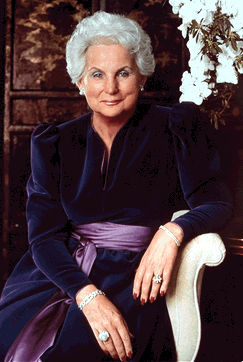
The appearance of feminist civil servants in federal and provincial advisory councils on the status of women, as well as politicians with feminist sympathies, such as Monique Bégin, Liberal Minister of Health and Welfare (1977–79; 1980–84), and Canada’s first female governor general, Jeanne Sauvé (1984–1990), seemed promising. Feminism’s success, as well as its different interpretations, was highlighted when women moved to the forefront of the 1980 Québec sovereignty referendum. Lise Payette, the Parti Québecois minister of state for the status of women, attacked federalist opponents as submissive “Yvettes,” while federalist women asserted their own claims to feminist superiority.
Significance and Legacy
In these years, Canadian feminism achieved a visibility that surpassed that won by the suffrage generation. Many aspects of life, from the jobs women could choose to their physical presentation and vulnerability to violence, were publicly questioned. New state initiatives secured by activists, such as advisory councils and royal commissions, promised unprecedented official commitment to equality. Key legislation improved the lot of some Indigenous women and gave Québec mothers new rights to child custody. Such advances depended on a broad-based, increasingly diverse mobilization of women, including feminist civil servants in key positions. The growing range of women’s voices — from lesbians to Indigenous and minority group activists — forced mainstream women to begin to confront homophobia and racism. Classism, a prejudice more often identified by earlier socialist feminists, continued, however, to divide many communities of women, and poverty remained a threat for working class women of all origins.

 Share on Facebook
Share on Facebook Share on X
Share on X Share by Email
Share by Email Share on Google Classroom
Share on Google Classroom
